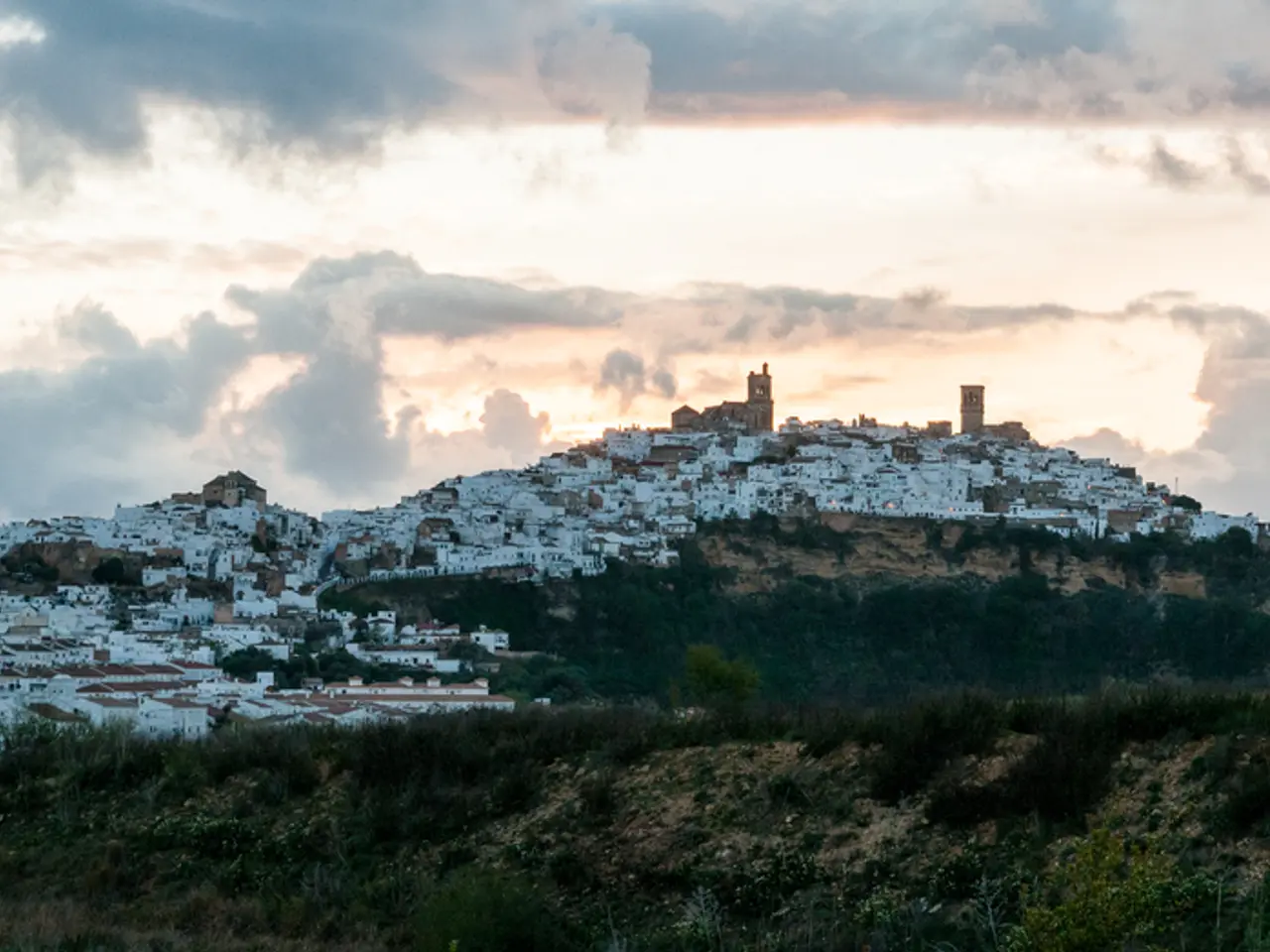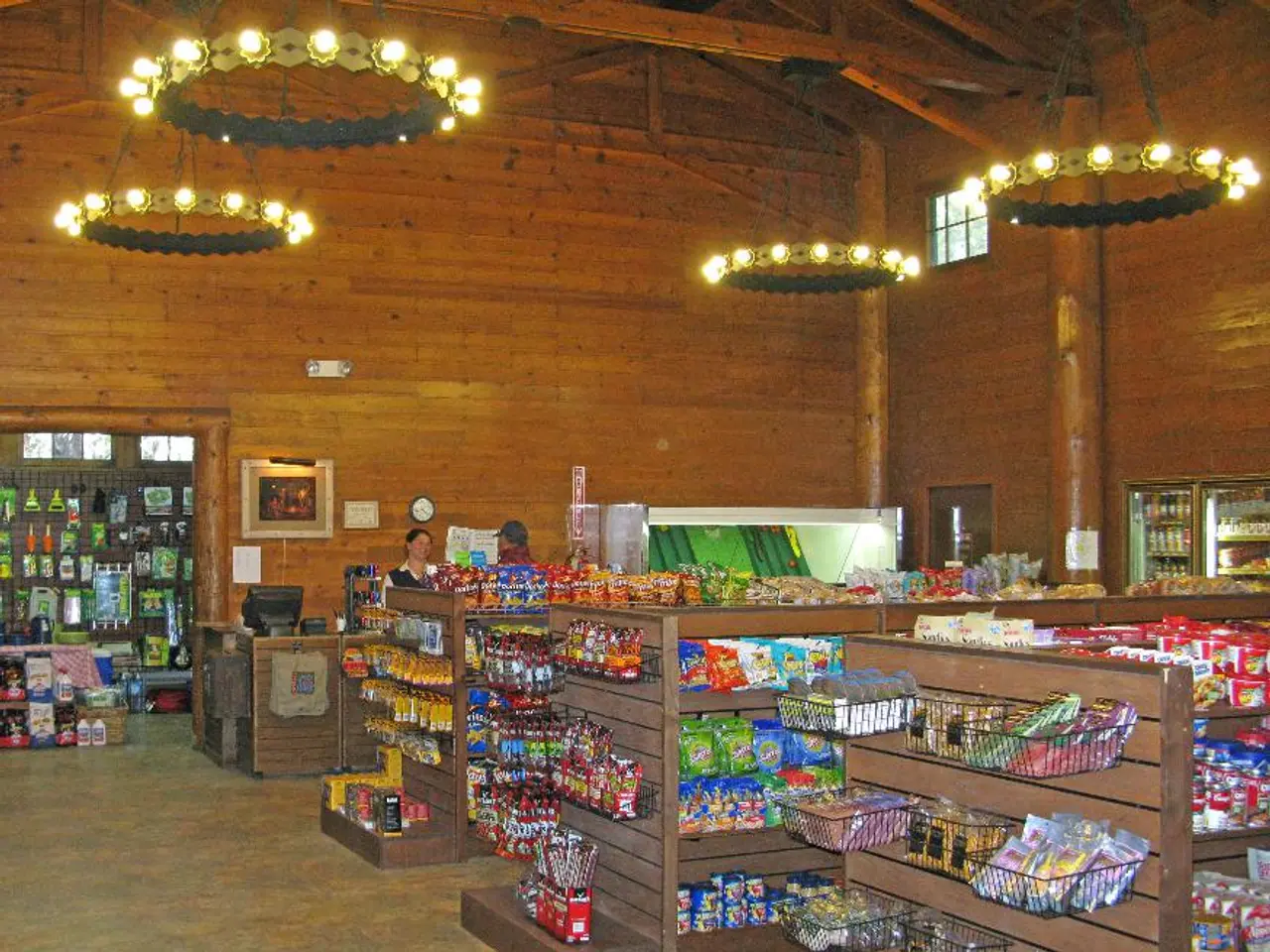Jaipur, the pink city of India, earns the prestigious UNESCO World Heritage Site status, becoming the nation's 38th such site.
Jaipur City, the vibrant and historic capital of Rajasthan, has been recognised as a UNESCO World Heritage Site during the 43rd Session of the World Heritage Committee held in Baku, Azerbaijan. This prestigious accolade was bestowed upon Jaipur City in July 2019, due to its outstanding universal value in terms of urban planning, architecture, and cultural significance.
The city's exceptional status is attributed to several key factors. Jaipur represents a remarkable example of town-planning, designed by architect Vidyadhar Bhattacharya based on the principles of Vastu Shastra and Shilpa Shastra, resulting in a sophisticated and scientifically designed urban layout.
Moreover, Jaipur showcases a unique fusion of traditional Indian architecture with Mughal and Western styles. The city plan incorporates broad streets, ceremonial spaces, markets, gardens, and residential areas, illustrating advancements in architecture, technology, and landscape design of the 18th century.
The city's cultural heritage remains vibrant, with festivals, crafts, and trades continuing to thrive, emphasising its role as a living and evolving urban cultural landscape. Unique features of Jaipur City include its grid-based urban planning, architectural harmony, fortifications and city gates, integration with natural landscape, and cultural continuity.
The city's walls and gates, designed for both defense and aesthetics, mark its planned protective enclosure. The harmonious blend of Rajput, Mughal, and European architectural elements is visible in structures like the City Palace, Jantar Mantar (an astronomical observatory), Hawa Mahal, and the fortified city walls and gates.
Jaipur's water bodies, gardens, and topography have been thoughtfully incorporated into the urban environment, enhancing its appeal. As a result, Jaipur City is considered an outstanding example of planned urban development in the early modern period, meriting its listing as a UNESCO World Heritage Site.
The nomination of Jaipur City complied with UNESCO guidelines of 2017, and after initial recommendation of deferral by ICOMOS, the city was later inscribed in the World Heritage List following debate by the 21-nation World Heritage Committee. Support for India's nomination came from countries such as Brazil, Bahrain, Cuba, Indonesia, Azerbaijan, Kuwait, Kyrghystan, Zimbabwe, China, Guatemala, Uganda, Tunisia, Burkina Faso, Bosnia and Hezegovina, Angola, St. Kitts and Nevis, Australia, and Norway.
With the addition of Jaipur City, India now has 38 World Heritage Sites, including 30 Cultural properties, 7 Natural properties, and 1 mixed site. This significant achievement further emphasises India's rich cultural heritage and its commitment to preserving and showcasing it to the world.
The unique urban planning, architecture, and cultural significance of Jaipur City, evident in its grid-based layout, architectural harmony, and blended styles, also extend to its home-and-garden spaces and travel destinations. For instance, beautiful gardens and water bodies, like those found in the City Palace and Jantar Mantar grounds, provide visitors with captivating settings for appreciation, while festivals and crafts within the city exemplify its thriving lifestyle. Therefore, one can explore not only Jaipur's historical and architectural wonders but also immerse themselves in its daily lifestyle and home-and-garden scene, demonstrating the city's wide appeal and value, not only as a world heritage site but also as a destination for home-and-garden, travel, and lifestyle enthusiasts.




